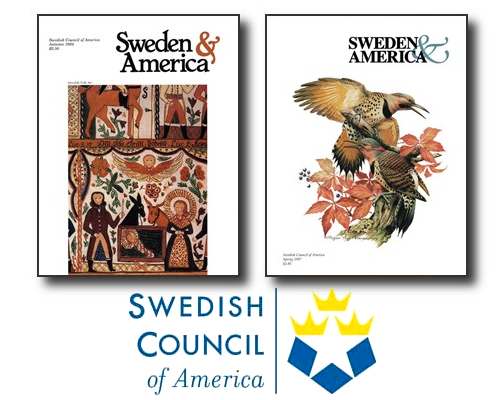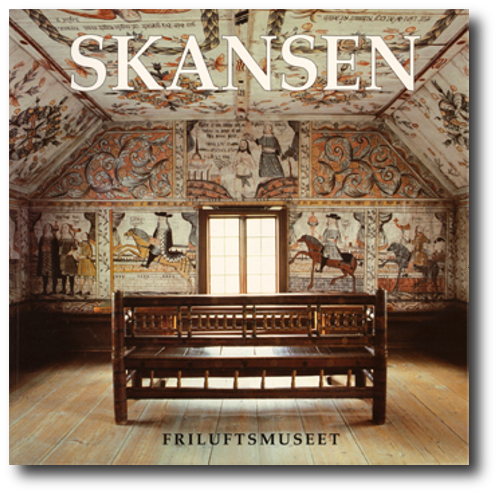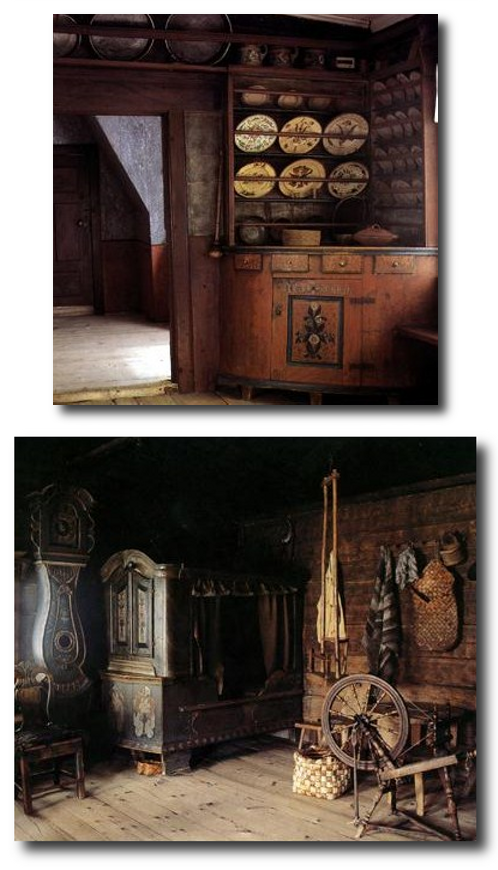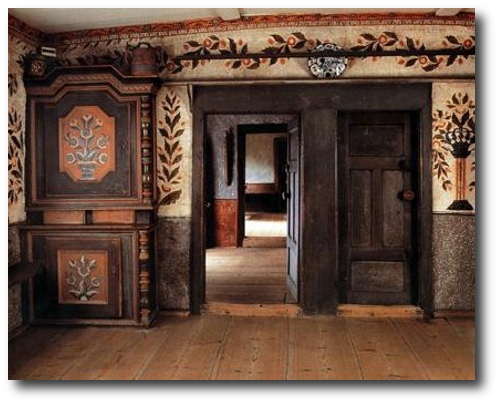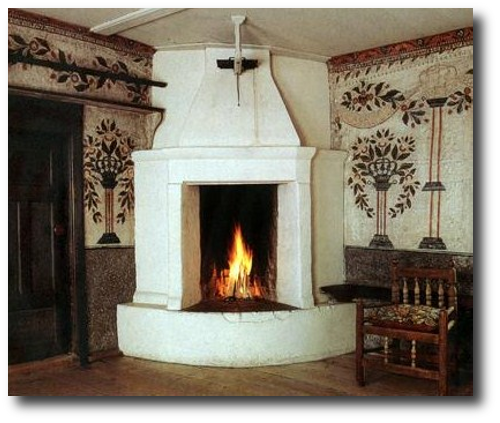
Swedish Council Of America Articles

DECORATIVE ARTS
- Antikhuset (Spring 91)
- Falu rödfärg (red paint) (Winter 89)
- Ferdinand Boberg (Summer 97)
- FibreWall (Spring 90)
- Gärdsgård: The Swedish Longfence (Spring 96)
- Kakelugn: Heating the Swedish Way (Summer 89)
- Loran Nordgren’s Swedish-Style Home (Autumn-Winter 98)
- Pergo Flooring (Winter 97)
- Rejmyre Lamps (Autumn 90)
- Sweden Sends Its Best (Autumn 87)
- Swedish Craft and Design in the 20th Century (Autumn 88)
- Swedish Culture in the 1980s (Autumn 88)
FOLK ART
- All Tradition is Change (Summer 95)
- Lindsborg’s Dala Horseman (Summer 87)
- Swedish Folk Art (Autumn 94)
- The Swedish Wooden Horse (Summer 93)
- When Moses Became a Swede (Spring 98)
FABRIC ARTS
- Folk and Provincial Costumes (Winter 91)
- Helena Hernmarck’s Tapestries (Autumn 92)
- Glimåkra Looms (Spring 89)
- Swedish Craft and Design in the 20th Century (Autumn 88)
MUSEUMS
- The Art of Preserving a Swedish Heritage (Autumn 97)
- National Museum: 200 Years of Art (Summer 92)
- Richard Oldenberg, Museum Director (Spring 94)
- Sweden Sends Its Best (Autumn 87)
- Uppsala’s Gustavianum Museum (Winter 99)
- The Vasa Comes Home (Spring 90)
WOODWORKING
- See also FOLK ART, above
- How to Build a Nyckelharpa (Summer 87)
- Jonsered Chain Saws (Summer 92)
- Swedish Boatbuilding in Yankee Maine (Spring 87)
- The Vasa Comes Home (Spring 90)
- Woodcarvers of Lindsborg, Kansas (Summer 92)
PAINTING AND DRAWING
- Albertus Pictor: Sweden’s First Great Painter (Autumn 93)
- America Discovers Anders Zorn (Winter 93)
- Carl Larsson and Sundborn (Autumn 91)
- Fred Somers, Swedish-American Artist (Spring 94)
- Gustaf Tenggren’s Golden Tales (Winter 87)
- John F. Carlson: American Landscapes (Spring 95)
- Jordi Arkö: A “Neo-Runic” Artist (Winter 95)
- Lindsborg and the Legacy of Birger Sandzén (Spring 93)
- Margareta Sjödin and Hanna Hellsten (Winter 94)
- Mona Starfelt: From Poems to Paints (Winter 93)
- National Museum: 200 Years of Art (Summer 92)
- Ray “Padre” Johnson (Autumn 92)
- Roger Tory Peterson (Spring 97)
- The Royal Artists of Sweden (Spring 94)
- Sweden Sends Its Best (Autumn 87)
- Swedish Culture in the 1980s (Autumn 88)
- Swedish Folk Art (Autumn 94)
- Ulla Wachtmeister’s Colorful World (Summer 94)
CRAFTS AND DECORATIVE ARTS (book reviews)
- The Book of Wheat Weaving and Straw Craft: From Simple Plaits to Exquisite Designs (Winter 99)
- Carl and Karin Larsson: Creators of Swedish Style (Summer 98)
- Carving Swedish Woodenware (video) (Summer 92)
- Creating the Look: Swedish Style (Spring 97)
- Dräktbruk och linnetradition I dalasocknarna Svårdsjö och Enviken (Autumn-Winter 98)
- Essential Swedish Style (Spring 97)
- Gamla möbler (Winter 96)
- The Magic Horse: “Devil’s Plaything” That Became a National Symbol (Winter 99)
- Making Swedish Country Furniture & Household Things (Autumn 94)
- New Swedish Style: A Practical Decorating Guide (Spring 97)
- Old Swedish Quilts (Spring 96)
- Poems of Color: Knitting in the Bohus Tradition (Summer 96)
- Porches of Pride in the Swedish Province of Hälsingland (Summer 99)
- Scandinavian Country, JoAnne Barwick (Spring 92)
- Scandinavian Country, Pamela Diaconis (Autumn 99)
- Scandinavian Painted Décor (Spring 91)
- Scandinavian Painted Furniture: A Step-by-Step Workbook (Summer 98)
- Sjutton Skansenhus berättar om Stockholm (Winter 99)
- Skansen: Traditional Swedish Style (Winter 96)
- Solveig Kristiansson, folkkonstnär (Summer 99)
- Swedish Carving Techniques (Summer 92)
- Swedish Folk Art: All Tradition is Change (Spring 95)
- A Swedish Legacy: Decorative Arts 1700–1960 in the Collections of the Nationalmuseum, Stockholm (Spring 99)
- The Swedish Room (Winter 95)
- Swedish Sweaters: New Designs from Historical Examples (Summer 91)
- A Taste for All Seasons: Cooking and Design in Sweden (Autumn-Winter 98)
3 Rustic Scandinavian Country Homes – Borrow Ideas From Norway and Denmark
Inspiring Interiors Blog posted some terrific pictures of a barn styled home with a Scandinavian styled interior. If you are looking for a country styled look, consider how this home is set up.
Start With A Gray Palette
Starting out with gray through out your house can be a really simple way to decorate the rest of your home. To make it interesting, choose several shades of gray which you can work through your home.
For my own home, I decided that lighter colors worked well in larger rooms, while the more saturated shades could punch things up in the closets, the bathrooms, and smaller rooms.
Using gray through out your home allows your home to flow nicer than having one bright bold color in each room of the house. Later if you want to add color, simply attach a chair rail, and paint the upper half of the wall. You can add depth with accessories and wall art.
Work With Muted Shades For Country Styles
The wood walls in this home look very primitive with a gray wash. Some walls are left natural while others are painted. In one of the rooms, dried floral wreaths add a rustic touch to the walls. Here is an example of a captivating look that is inexpensive.
Helichrysum Strawflowers are one of my favorite florals. Pick flowers for drying when they are open, but not fully mature. Hang the stems upside down in a cool-well ventilated spot to dry. Avoid over-watering during the growing season, and these florals will look spectacular dried in a vase or a floral wreath.
Incorporate Red And Rust…….
Red is a classic country color that is commonly seen in the countryside of Sweden. Barns and countryside homes are painted rich reds, making it a very classic color to work with. Painting a chest of drawers or an accent chair in Falu red can really bring out the country side of Scandinavian decorating. Pair together rusty metal urns, and accessories like natural straw, hay, wicker, baskets for that country feel.
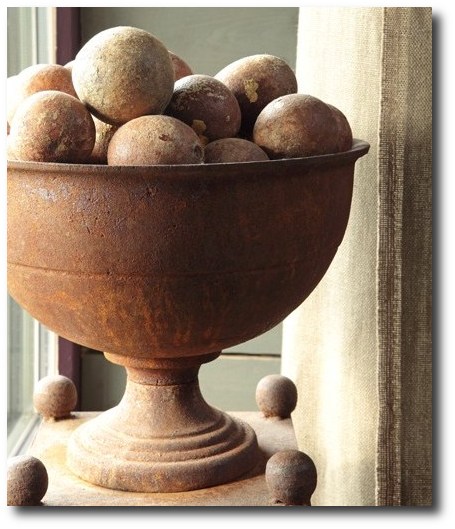
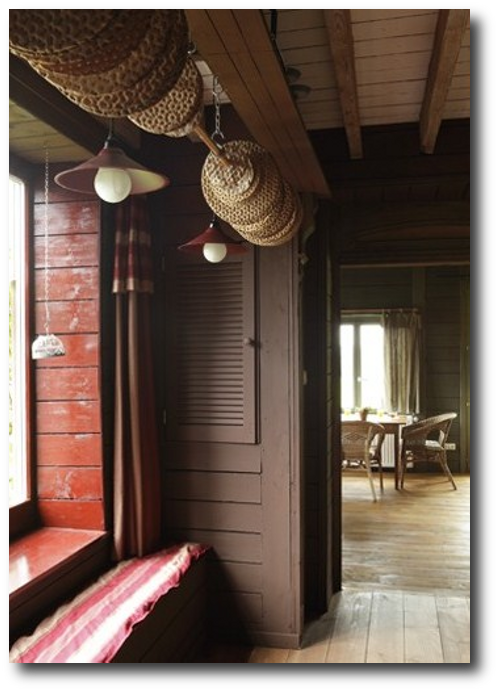 The house below was originally an eighteenth century barn which was converted into a guest house. This lovely barn is located in the village of Saint-Hilaire-sur-Helpe, in France, and pairs together both the Swedish and French rustic styles.
The house below was originally an eighteenth century barn which was converted into a guest house. This lovely barn is located in the village of Saint-Hilaire-sur-Helpe, in France, and pairs together both the Swedish and French rustic styles.
Photography by Corinne Schanté-Angel, All images from here.
Early 19th Century Female Portrait –Maison Maison
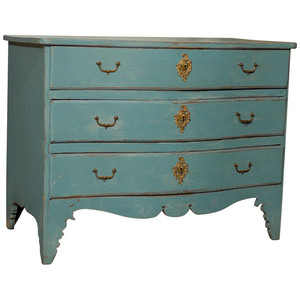 Swedish Rococo Chest-A. Tyner Antiques
Swedish Rococo Chest-A. Tyner Antiques
Home 2, This comes from the blog browni.net, a home which was featured on Gods and Gardar.
Here are a couple things we see that really work in this home:
Use A Saturated Shade On The Walls
A saturated shade of mustard is applied to the walls, and followed up with layering of black based tapestry. Centered is a large scale wooden horse sitting on a antique chest. If you notice, the colors from the tapestry, and the wall color are opposite on the color wheel causing both elements to stand out nicely. The white paint in the horse tends to capture the eye against the bold color of the wall, and print in the tapestry.
Set your Furniture On A Slant
As you can see here, it works. Corner cabinets and cupboards off set the rest of the furniture in the room. Chairs are placed at a diagonal, and not everything is symmetrical. Common shades such as green, mustard and blue are used through out the house to keep the palette, exciting but toned down.
Work With Black and White To Balance Things Out.
Upholstered Swedish chairs in a neutral fabric really add balance to this home. The home is bright, but one can still find peace and serenity due to the furniture colors. Looking closely at the chairs, you can see they picked a linen, with a gray white painted frame. The creamy white allows everything to blend nicely together, without being overdone.
Picture Credits
- Swedish Antiques D Larsson Interior
- Jesse Breytenbach Tulip Pattern- Found on jessebreytenbach.co.za
- Found on ana-rosa.tumblr.com
- A Casa di Ro
- Danish Decorating Ideas via Indenfor and Udenfor
House 3, Originally shown in Sköna hem, this house has a powdery color and the country style atmosphere. Again we see saturated shades on the wall, balanced by gray white toned furniture. One way to surely give the rustic country feel is to choose something with a chippy finish. The armoire may have seen better days, but that is part of the romance.
Adding a few delicate features such as floral print fabric, or a worn childs doll can add the country charm to your home. Johan KalÃn for Sköna hem
Swedish Folk Art Home Johan KalÃn for Sköna Hem
The same home featured on Home And Delicious Blog, seen in House and Garden 2006
Swedish Folk Art Home Johan KalÃn for Sköna Hem
Home And Delicious Blog, seen in House and Garden 2006
Swedish Folk Art Home Johan KalÃn for Sköna Hem
Home And Delicious Blog, seen in House and Garden 2006
Home And Delicious Blog, seen in House and Garden 2006
Bergere Chairs Maison Maison
Eidsborg Museum in Telemark, Norway
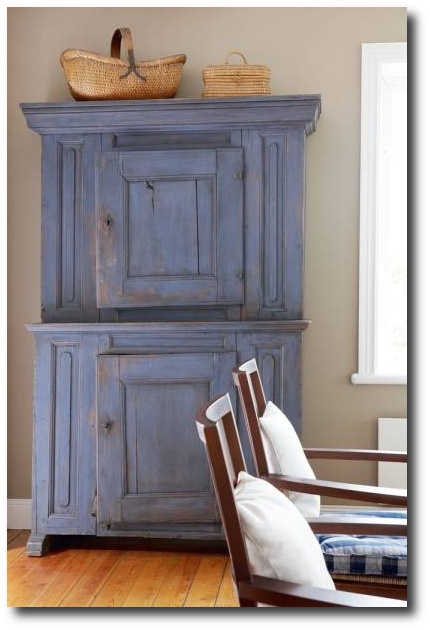 Blue cupboard Visit skonahem.com
Blue cupboard Visit skonahem.com
Swedish Furniture Decorating Ideas Gypsy Purple BlogCountry Nordic Styled Home in Drobak,
NorwayCountry Nordic Styled Home in Drobak, Norway
Slant Front Writing Desk in Blue Paint– Sweden Circa 1820
Swedish writing desk, circa 1820, with four graduated drawers under the slant-front. The interior features a central cupboard with lozenge trim and two banks of three drawers on either side. Great patina on the secondary blue paint.
Gustavian style commode with two over two drawers, Sweden circa 1910, in
secondary blue paint. Canted and fluted corners with applied rosettes and shaped
top. Square tapering legs. Original brass hardware.
Chest of three drawers, Denmark circa 1750, with serpentine drawer fronts,
shaped top, and bracket base. The hardware and painted surface are original
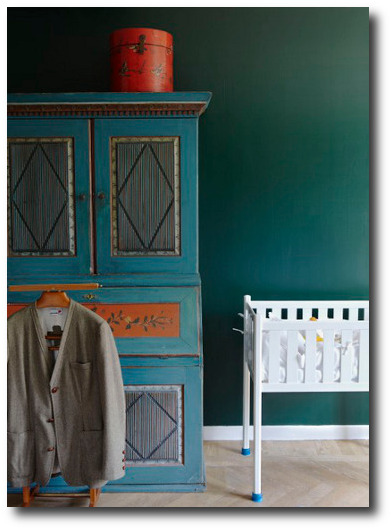 INTERIOR & STILL LIFE – Agent Bauer
INTERIOR & STILL LIFE – Agent Bauer
Rustic Nordic Furniture From Am
Traditional beds in the kitchen of an old Swedish farm house Uploaded To Pinterest
Wouldn’t this be a wonderful stencil pattern for the walls? Found on stylecourt.blogspot.com











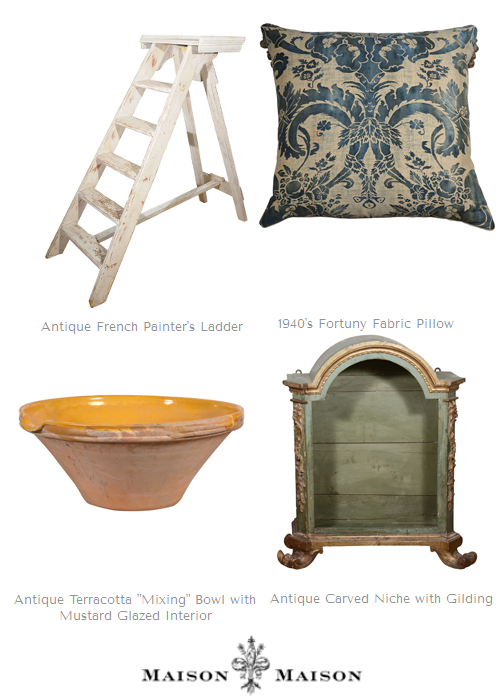

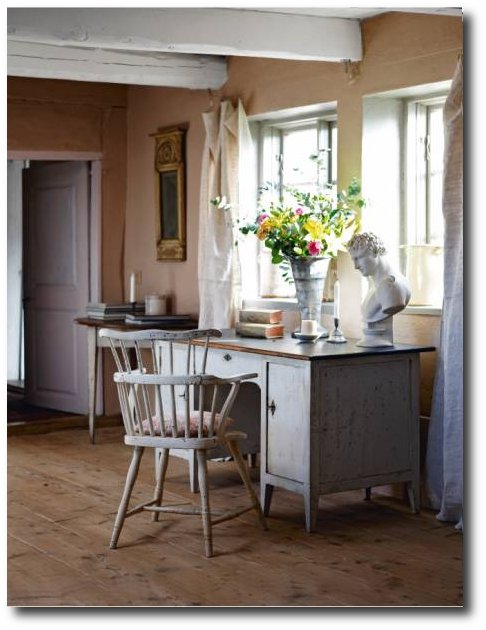
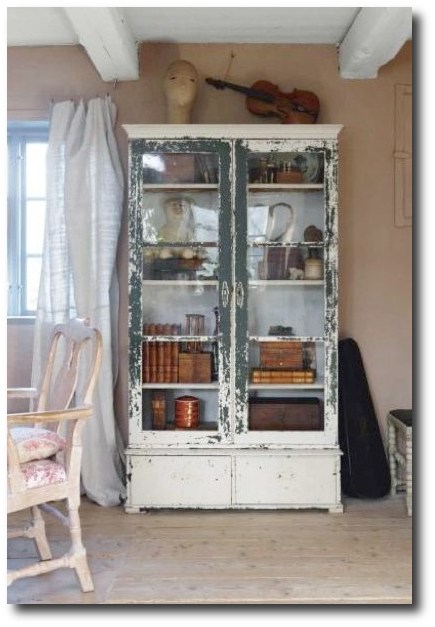

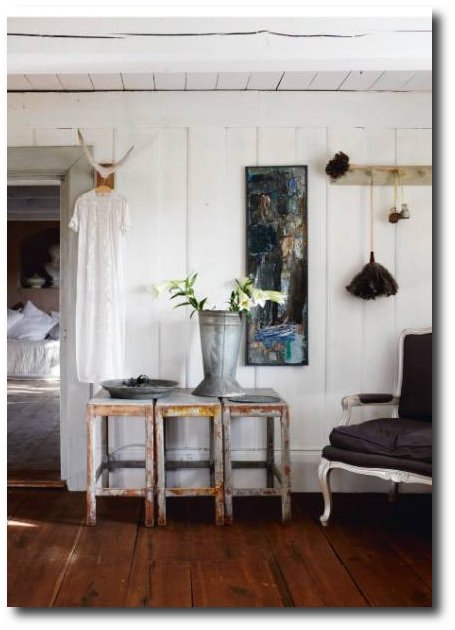
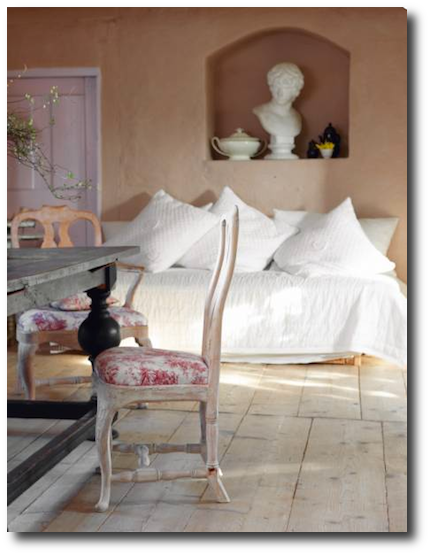
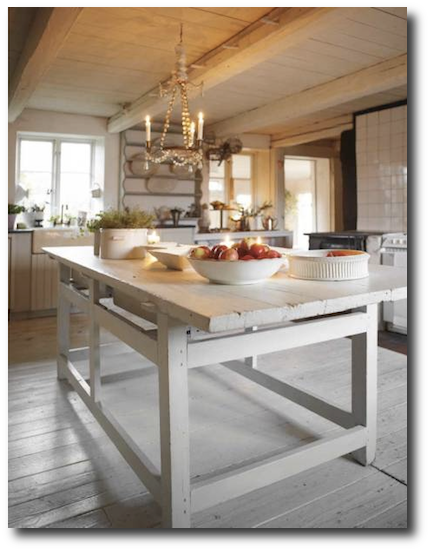
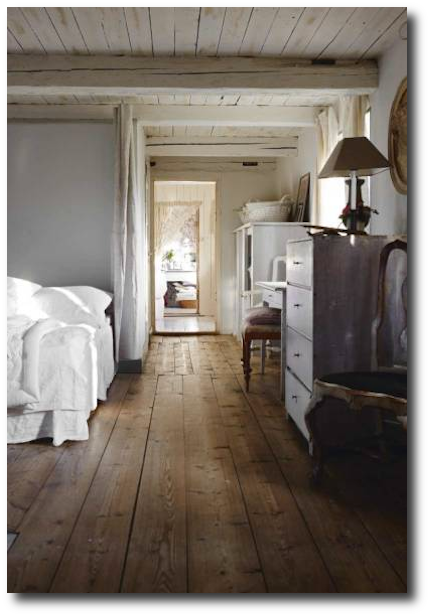
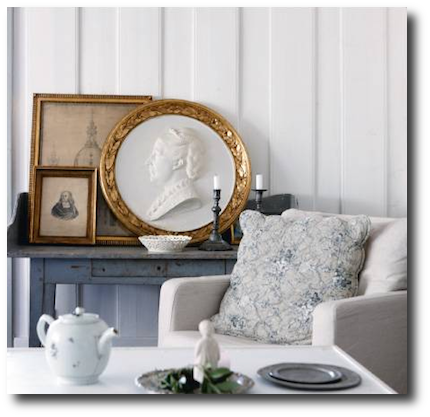

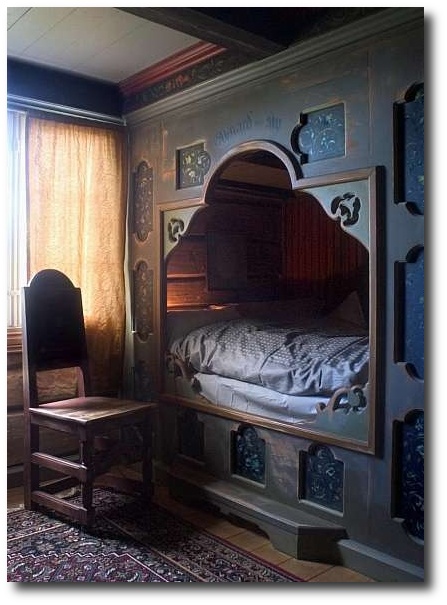


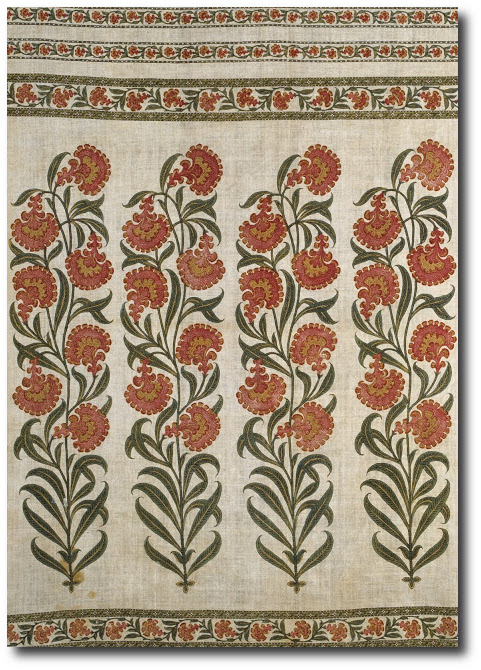



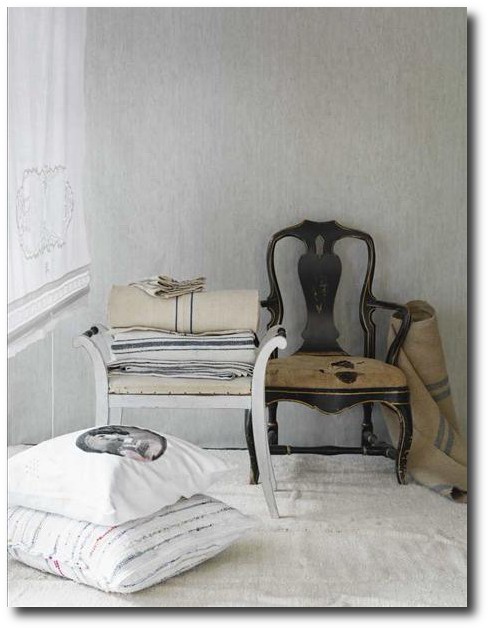
A Museum Recreates The Look Of Century Old Swedish Interiors With Historic Costumes
Picture Credit- Skansen.se
Skansen: Traditional Swedish Style – New And Used Options from $42
Founded in 1891 by Artur Hazelius, Skansen was the first open-air museum in the world; its aim to show how people lived and worked in the past in the different regions of Sweden. Hazelius was a teacher and researcher in Nordic languages who felt that traditional ways of life were disappearing with the onset of industrialization.
He started to collect an extensive collection of objects, which he put together in the form of tableau-type interiors, in a building in Drottningattan in the middle of Stockholm. Gradually, however, he wanted to show whole houses, furnished with traditional objects, furnishings and works of art, inhabited by people in historic costume, and through Skansen this idea became a reality.
Published in association with the Skansen Foundation, this beautiful book is illustrated throughout in colour. It describes not only the museum and its buildings, but also presents a microcosm of Swedish life, culture, art and architecture. The natural landscape of the museum setting is used to enhance the regional variations in Swedish art and architecture, with buildings from the southern part of Sweden being located in the southern-most part of the museum and so on.
Each chapter is devoted to a particular region represented by the museum: northern, middle and southern Sweden, as well as a typical Swedish town quarter. The buildings described here vary in date from the Vastveit storehouse, which was built in the fourteenth century, to the Skane farmstead which was finished in the 1920s. Stylistically, the range of buildings displayed at the museum is enormous: we move through time and style from the summer pasture farm, or Faboden, with its essentially medieval form of wooden construction, through the classical elegance of buildings like the late-eighteenth century Skogaholm Manor, or the impressive malm house built for the merchant Charles Tottie, to functional timber frame of the early twentieth-century Assembly Hall from Varmland. The informative, but accessible, text has been written by Ralph Edenheim, who is a Swedish art historian, and Head of the Department of Cultural History at Skansen. 128 pages.
Below are pictures of Swedish Interiors are those taken from photographer Photographer Joanna Holmgren found in two publications Skansen: Traditional Swedish Style , Swedish Folk Art: All Tradition Is Change
Swedish Interiors – Photographed By Photographer Joanna Holmgren
Swedish Interiors – Photographed By Photographer Joanna Holmgren
Swedish Interiors – Photographed By Photographer Joanna Holmgren
